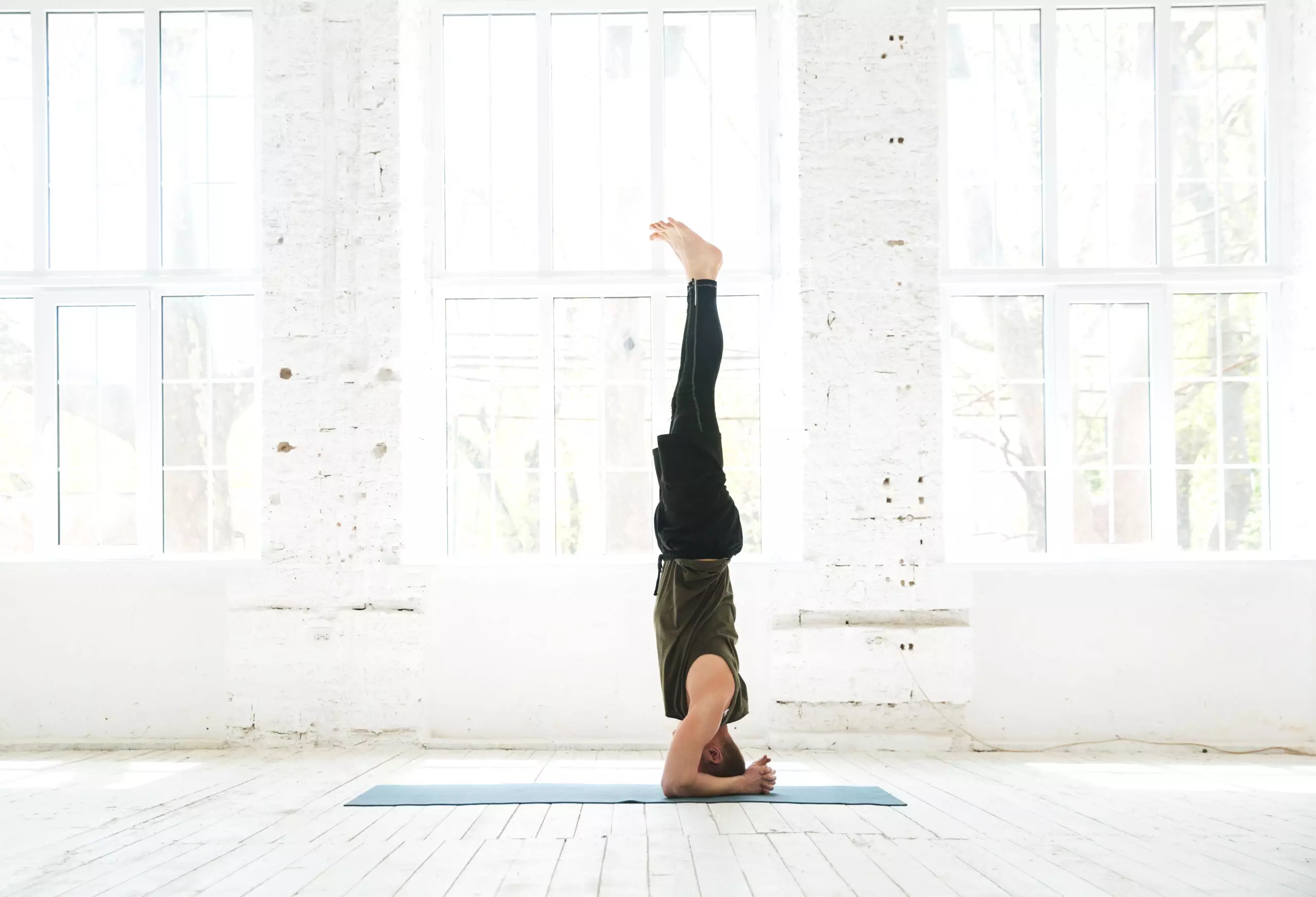Walking is one of the most underrated forms of exercise. Many people dismiss it as a low-intensity activity that won’t provide much benefit, but they couldn’t be more wrong! In fact, walking can be an incredibly effective way to improve your overall fitness and health.


In this article, we’ll explore why walking is such a great form of exercise, how you can incorporate it into your routine, and what benefits you can expect to see from doing so. Let’s get started!
Introduction to Walking as a Fitness Routine
One of the best things about walking is that it requires very little equipment or preparation. All you need is a good pair of shoes and some comfortable clothing, and you’re ready to go! This makes it easy to fit into even the busiest schedules.
Another advantage of walking is that it’s gentle on your joints and muscles. Unlike high-impact activities like running, walking doesn’t put too much stress on your body, making it ideal for those who are just starting out with their fitness journey or who have injuries or chronic pain conditions.
The Benefits of Stretching Before and After Your Walks
Before you start your walk, it’s always a good idea to do a few stretches to warm up your muscles and prevent injury. Dynamic stretching, which involves moving through different positions rather than holding them in place, is particularly helpful before a walk. Some examples include leg swings, arm circles, and hip rotations.
After your walk, taking a few minutes to cool down and stretch again can help reduce soreness and stiffness. Hold each stretch for 30 seconds to a minute, focusing on areas that feel tight or sore.
How Walking Can Help You Achieve Your Fitness Goals
Walking may seem like a slow and steady form of exercise, but it can actually be quite challenging if done at a brisk pace. Depending on your current level of fitness, you might want to start with shorter walks and gradually increase both distance and speed over time.
As you continue to walk regularly, you can expect to see improvements in several key areas of your health and fitness. For example, walking can help lower blood pressure, improve cholesterol levels, and reduce inflammation throughout the body. It can also strengthen bones and muscles, including the heart, lungs, and legs.
Tips for Starting a Walking Program for Fitness
If you’re new to walking, there are a few tips to keep in mind when getting started:
1. Start small – don’t try to tackle long distances right away. Instead, aim for short walks and build up slowly over time.
2. Choose a route that’s safe and convenient – find a nearby park or nature trail where you can walk without worrying about traffic or other hazards.
3. Make it enjoyable – listen to music or podcasts while you walk, bring a friend or family member along, or simply take in the scenery around you.
4. Track your progress – use a fitness app or journal to record your distance, duration, and intensity level for each walk. This will help motivate you to push yourself further and faster over time.
Conclusion: Why Walking is the Perfect Exercise for Everyone
Whether you’re young or old, athletic or sedentary, walking can be an excellent choice for improving your overall health and wellbeing. So lace up those shoes and hit the pavement – you’ve got nothing to lose (except maybe a few pounds!) and everything to gain.










